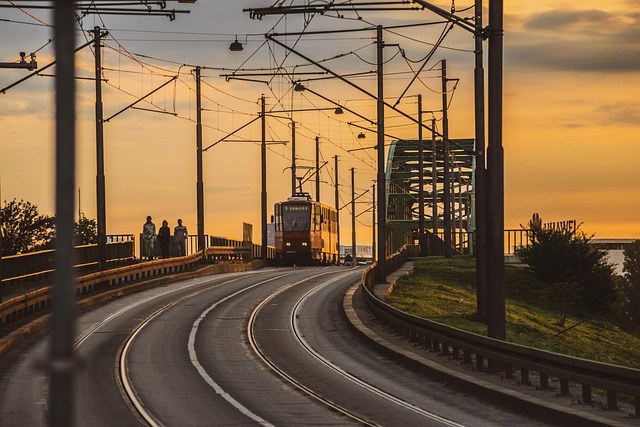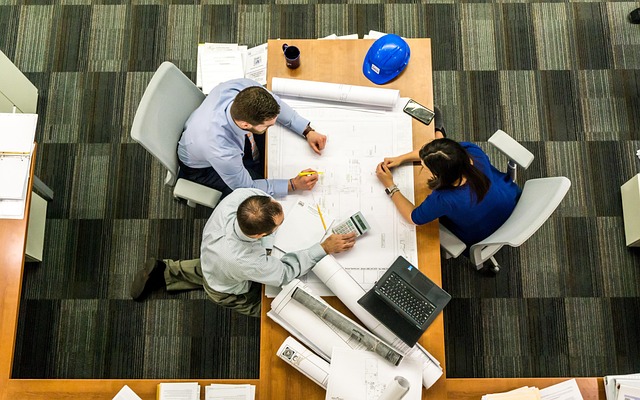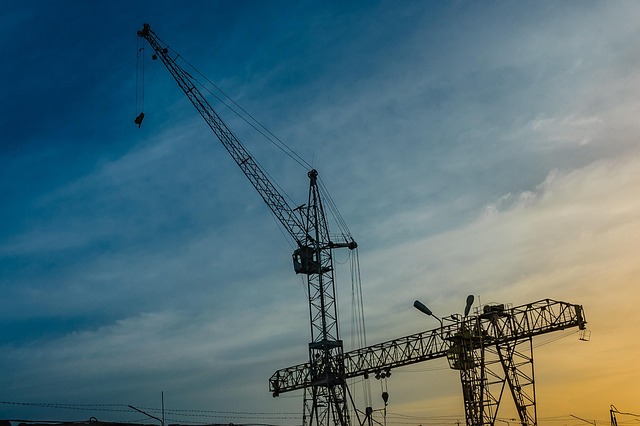Revamping Infrastructure: A Closer Look at Current Projects and Future Developments
In today’s fast-paced world, the backbone of our society—its infrastructure works—is more crucial than ever. From transportation networks to utilities, the quality and efficiency of these systems directly affect our daily lives, economic growth, and overall well-being. As we embark on an exciting journey of revamping our infrastructure, it’s essential to delve into the current projects shaping our future and the innovative developments on the horizon.
The Importance of Modern Infrastructure
Infrastructure is not just about roads and bridges; it encompasses a wide range of facilities including public transport systems, water supply lines, waste management, and energy grids. These elements work synergistically to create a cohesive structure that powers our cities and towns. As urban populations continue to swell, the demand for robust infrastructure becomes even more pressing. The challenge is not just about building; it’s about building smartly, sustainably, and inclusively.
Current Projects on the Ground
Across the globe, numerous infrastructure works are underway, aiming to bridge the gap between current needs and future demands. For example, in the United States, the Infrastructure Investment and Jobs Act has paved the way for significant investment in roads, bridges, and railways. Projects like the California high-speed rail and New York’s East Side Access are prime examples of ambitious plans that endeavor to reduce travel times and enhance transportation efficiency.
Internationally, countries are leveraging technology to improve their infrastructure. In China, smart cities are emerging with features like intelligent traffic management systems that promise to reduce congestion and carbon footprints. Similarly, in Europe, green initiatives are being embedded in construction projects, shifting focus toward sustainable materials and energy-efficient designs.
Future Developments: What Lies Ahead?
As we look forward, the future of infrastructure is intertwined with advancements in technology. Concepts such as autonomous vehicles and drone delivery systems are no longer distant dreams; they are on the verge of reshaping our physical landscapes. With the rise of digital twins—virtual models of physical infrastructure—city planners can simulate changes and optimize performance before implementing them in reality.
Moreover, smart infrastructure, which integrates IoT (Internet of Things) devices, is set to revolutionize how we manage city resources and deliver services. Imagine a city where traffic lights adjust based on real-time traffic conditions, or waste management systems that notify when bins are full, reducing unnecessary routes for garbage trucks.
Community Impact and Involvement
As infrastructure works evolve, community involvement becomes vital. The most successful projects are those crafted with input and feedback from the very people they serve. Public forums, workshops, and online platforms are becoming essential tools for gathering local insights and preferences. Encouraging citizen engagement ensures that new developments resonate with the community’s needs, making infrastructure not just functional but also meaningful.
In conclusion, as we journey through the present and into the future of infrastructure, it’s clear that the projects currently being undertaken are just the beginning of a transformative era. With a focus on innovation, sustainability, and community integration, we are not just revamping infrastructure; we are laying the groundwork for resilient, thriving cities that enhance quality of life for generations to come.




